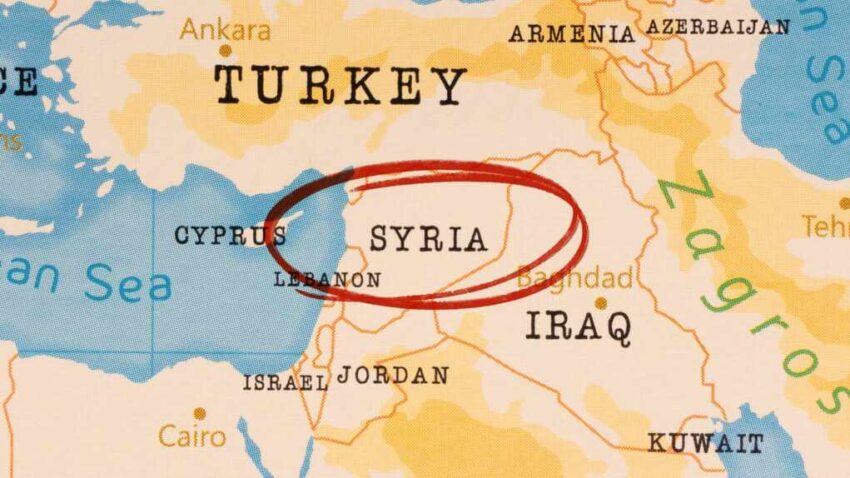A U.S. military raid in Syria has eliminated senior ISIS commander Dhiya’ Zawba Muslih al-Hardani and his two sons, marking a resurgent Trump-era counterterrorism strategy that leaves no safe haven for terrorists.
At a Glance
- U.S. forces killed ISIS leader Dhiya’ Zawba Muslih al-Hardani and his two adult sons in al-Bab, Syria.
- The July 25, 2025, operation involved no American casualties; nearby civilians were unharmed.
- CENTCOM cited al-Hardani as a key regional threat to U.S. and Syrian stability.
- The raid follows Trump’s return to aggressive anti-terror operations post-Assad.
- Intelligence suggests U.S.-Syrian cooperation is intensifying under the new al-Sharaa government.
Precision, Power, and a Clear Message
On July 25, U.S. Central Command confirmed that a surgical special operations raid in al-Bab, Syria, successfully eliminated Dhiya’ Zawba Muslih al-Hardani—a top ISIS strategist responsible for multiple regional attacks—and his two adult sons. According to CENTCOM, the mission was conducted without a single American injury, and all civilians at the scene—three women and three children—were left unharmed. This was not a drone strike with deniable outcomes; this was boots-on-the-ground clarity in action.
Watch a report: Live | Senior ISIS Leader ‘Killed’ In Joint Op Between US, Syria … · YouTube
Al-Hardani’s sons, Abdallah and Abd al-Rahman, were both embedded within the ISIS command network and are believed to have played critical logistical and communications roles. U.S. military intelligence tracked their activities for months leading up to the strike, culminating in one of the most decisive counterterrorism victories since Trump’s return to office.
Renewed U.S. Resolve and Regional Shift
This operation reflects a broader strategic shift: American counterterrorism forces are no longer held back by bureaucratic red tape or paralyzed by the fear of international backlash. Under President Trump, the rules of engagement have changed. ISIS, which had begun to regroup under the cover of diplomatic hesitation, now faces a military apparatus back in full force—and partnered with a new Syrian government willing to get results.
The administration of Syrian President Ahmed al-Sharaa, which came to power after the ouster of Bashar al-Assad, has become an unlikely but potent ally. While the U.S. maintains scrutiny of al-Sharaa’s past, his commitment to eliminating ISIS has created room for pragmatic cooperation. CENTCOM’s commander, General Michael Erik Kurilla, made it plain: “We will continue to relentlessly pursue ISIS terrorists wherever they operate.”
Strategic Payoff and the Path Ahead
The July 25 raid is not an isolated victory. Earlier this year, U.S. forces eliminated Abu Khadijah, ISIS’s global operations chief, in Iraq. Each operation cripples the terror group’s command structure, disrupts recruitment pipelines, and reasserts America’s capacity for rapid, high-impact action. It also reinforces a new doctrine—one where American interests take precedence, and national security isn’t compromised for image or appeasement.
For ISIS, the loss of al-Hardani is a tactical and symbolic blow. For the U.S., it’s a loud reaffirmation that American might, when unshackled, delivers results. While the fight against terrorism is far from over, this strike demonstrates the restored capability and intent of a government that prioritizes safety, sovereignty, and unapologetic strength. The mission in al-Bab may not be the last, but it’s a turning point in a new chapter of American resolve.
Click this link for the original source of this article.
Author: Editor
This content is courtesy of, and owned and copyrighted by, https://thecongressionalinsider.com and its author. This content is made available by use of the public RSS feed offered by the host site and is used for educational purposes only. If you are the author or represent the host site and would like this content removed now and in the future, please contact USSANews.com using the email address in the Contact page found in the website menu.








